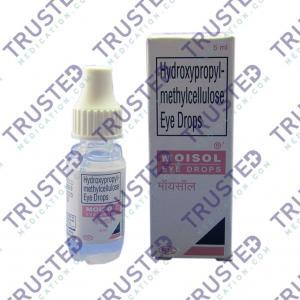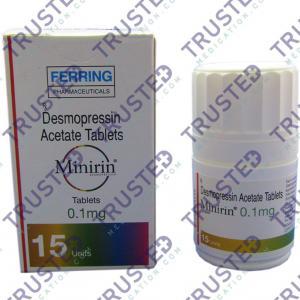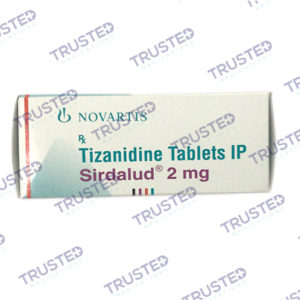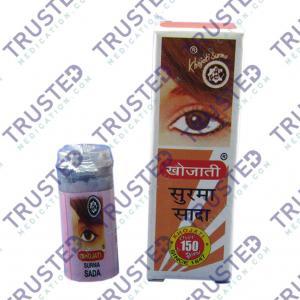
Conjunctivitis is swelling and irritation in the tissue that covers the eye and lines the inner surface of the eyelid. It can make your eyes red, watery, and itchy.
Children get it a lot as it is contagious but rarely severe. Pink eye is a common eye infection in children and adults. It is due to allergens, irritants, bacteria, and viruses.
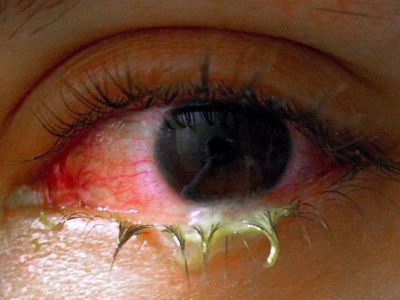
Symptoms of Conjunctivitis?
- Reddish or pinkish color in the eye
- Swelling of the thin layer that lines the white part of the eye and eyelids
- Excessive tear production
- Urge to rub the eye
- Irritation, itching, and burning
- Discharge of mucus or pus
- Crusting of eyelids or lashes
Symptoms of Viral Conjunctivitis includes:
- It occurs along with symptoms of a cold, flu, or other respiratory infection.
- It begins in one eye and may spread to the other eye within days.
- Thick or watery discharge from the eye
Symptoms of Bacterial Conjunctivitis includes:
- Discharge of pus that sticks the eyelids together
- It occurs along with an ear infection
Symptoms of Allergic Conjunctivitis include:
- Pinkish color occurs in both eyes
- Tearing and swelling in the eyes
- May occur with symptoms of allergy
- Itchy nose, asthma, scratchy throat
What are the Types of Conjunctivitis?

- Viral strains. It is the most contagious and common form of conjunctivitis. Viral strains start in one eye and produce excessive tears and watery discharge. It spreads in the other eye after a day or two.
- Bacterial strains. It infects one eye but can show up in both. The eye will put out a lot of pus and mucus.
- Allergic types. It causes tearing itching, and redness in both eyes. Allergic type of conjunctivitis also causes runny nose and itchiness.
- Ophthalmia neonatorum. It is a severe form that is due to bacteria. Ophthalmia infection affects newborns. Ensure to seek treatment as soon as possible to prevent permanent eye damage or blindness.
- Giant papillary conjunctivitis. Its risk factor is the long-term use of contact lenses and artificial eyes. The body reacts to the foreign object in your eye.
Risk Factor of Conjunctivitis
- Spending time in close and crowded places
- Direct contact with the person having conjunctivitis
- Sharing linens, towels, and other things with an infected person
- Seasonal allergies or contact with known allergens
- Chemicals and irritants
- Wearing contact lenses
Treatment for Conjunctivitis
The treatment method varies from person to person and on the severity of the condition. Most forms of conjunctivitis clear up with time. Doctors may recommend antibiotics, eye drops, and ointments. Note that antibiotic medications are not effective with the viral strains. Eyedrops and other solutions containing antihistamines can alleviate the symptoms.

